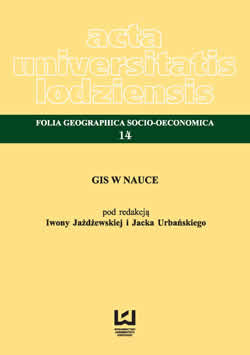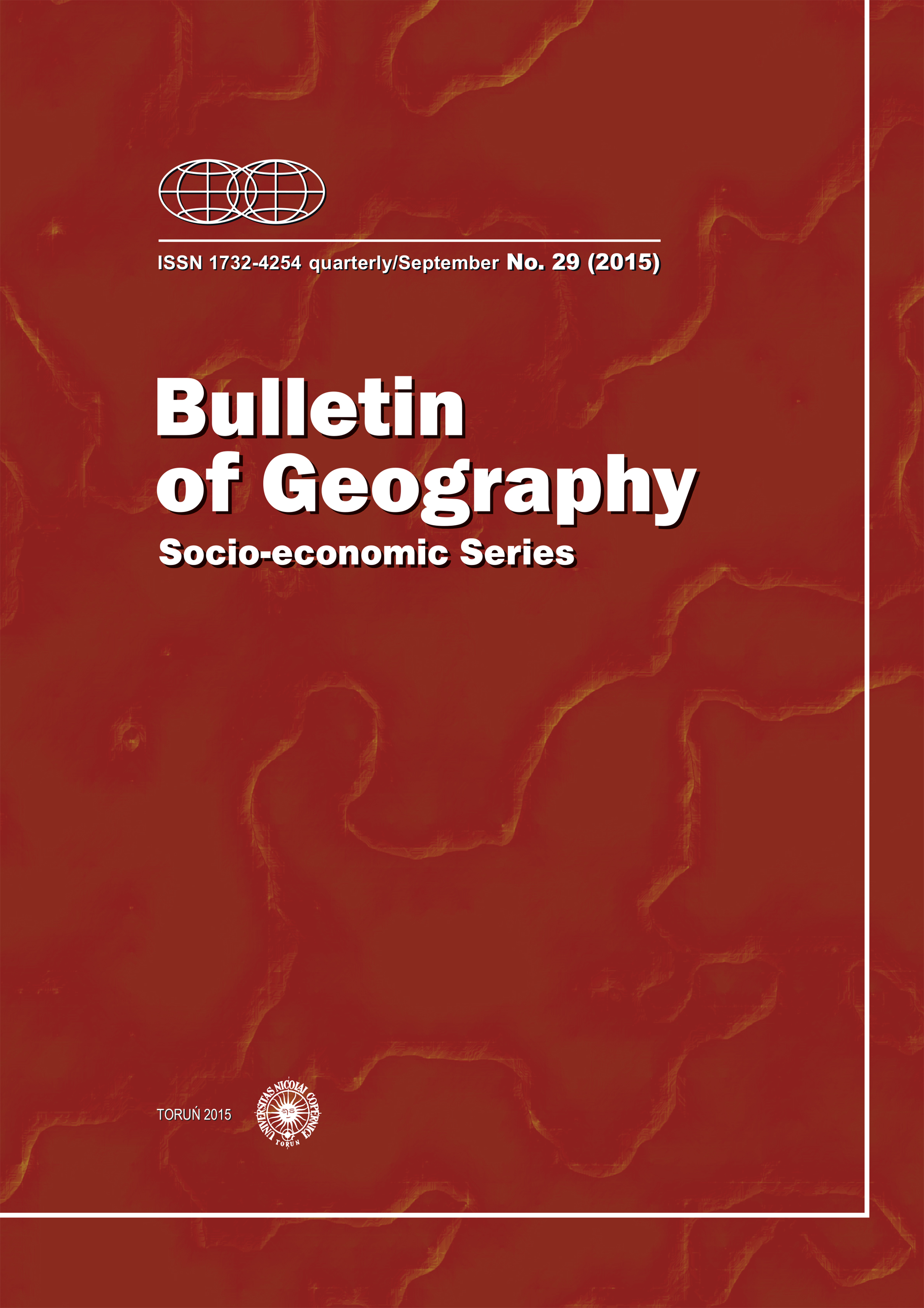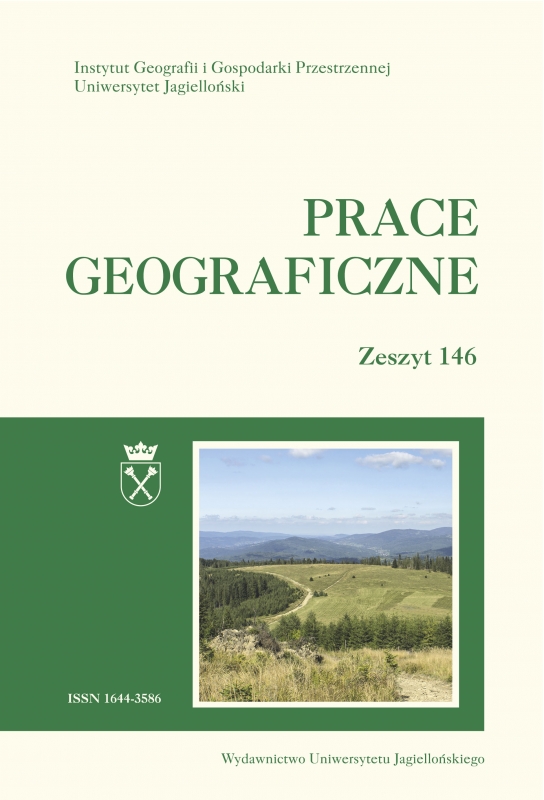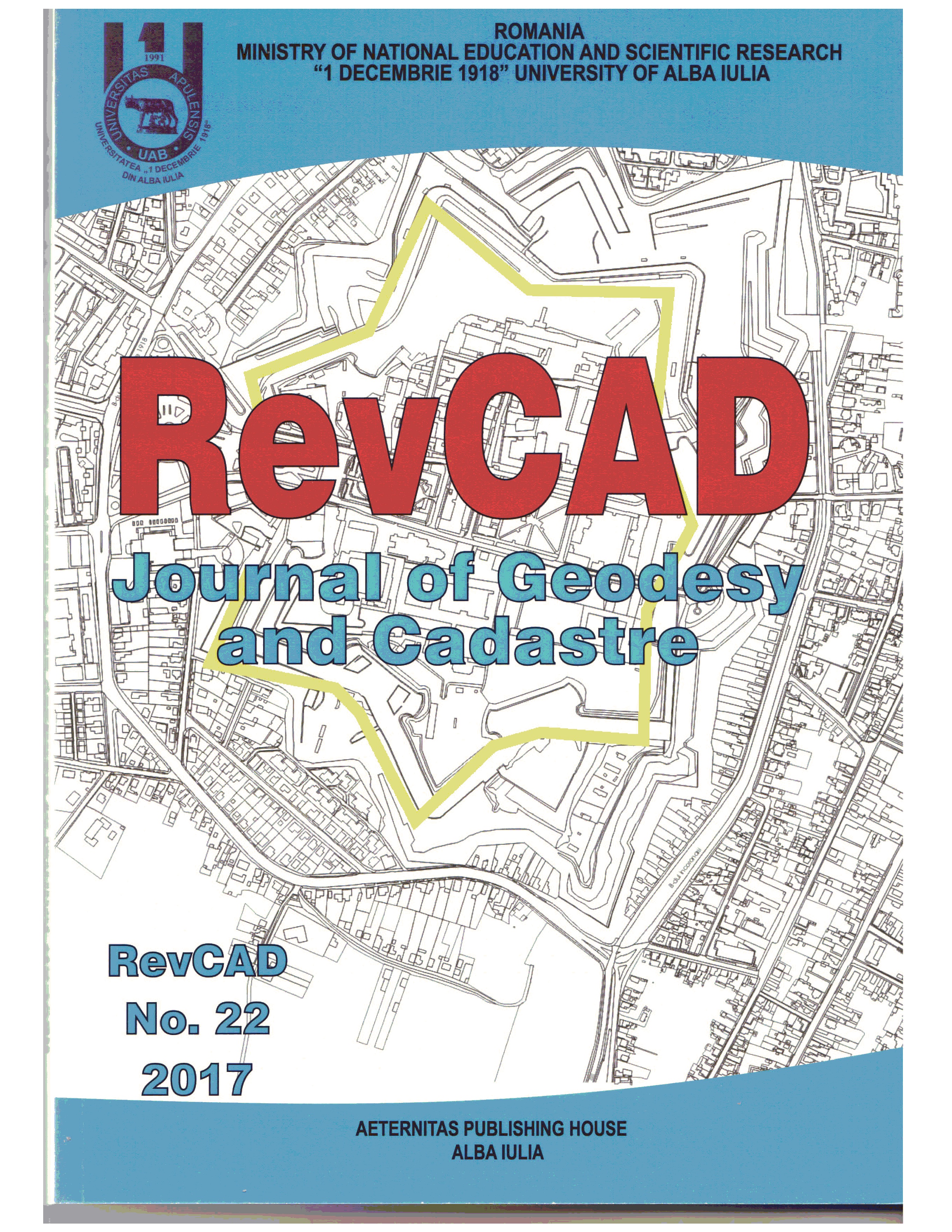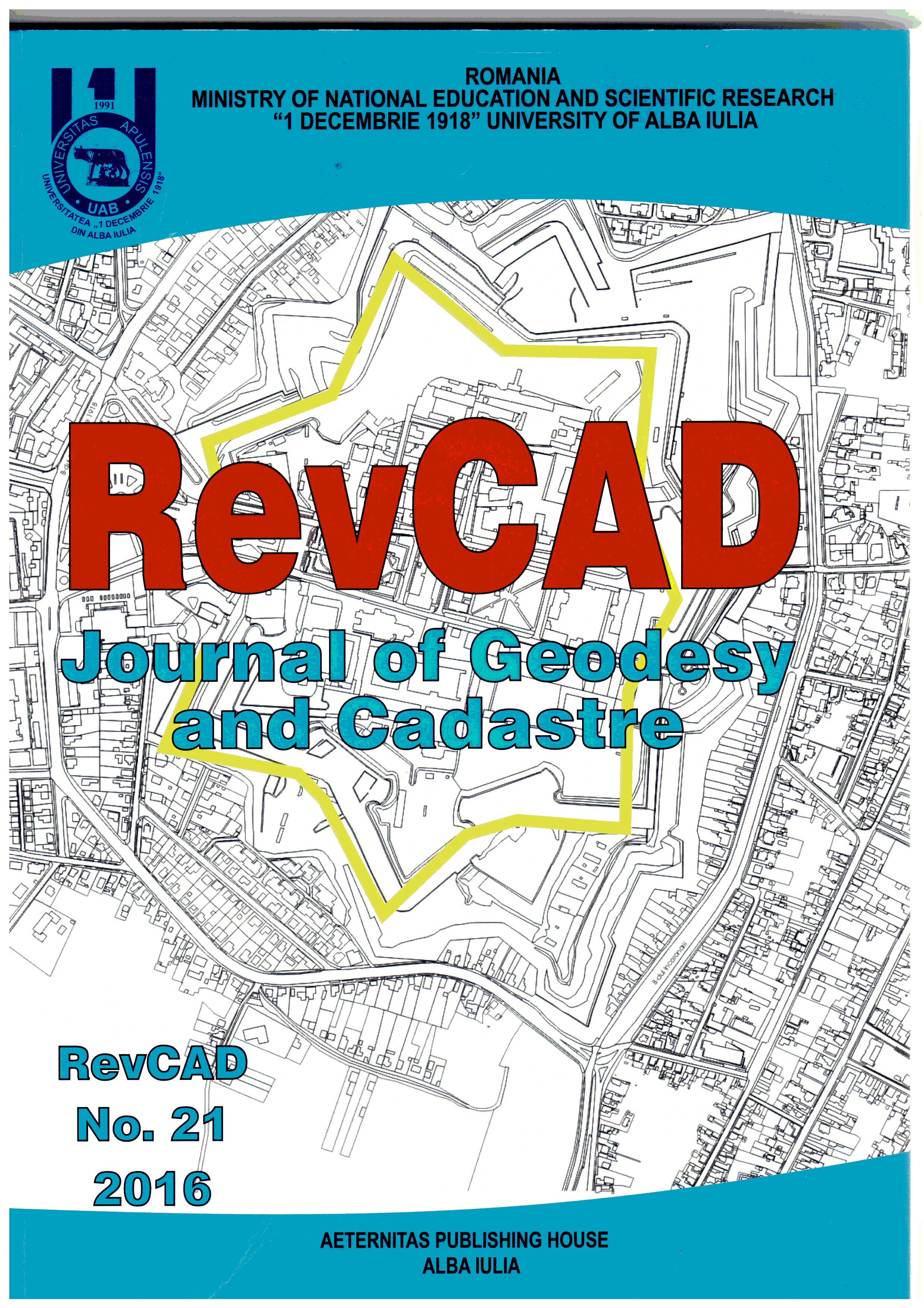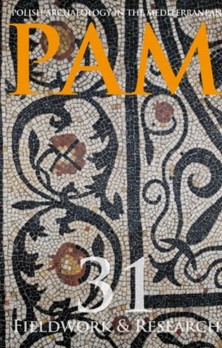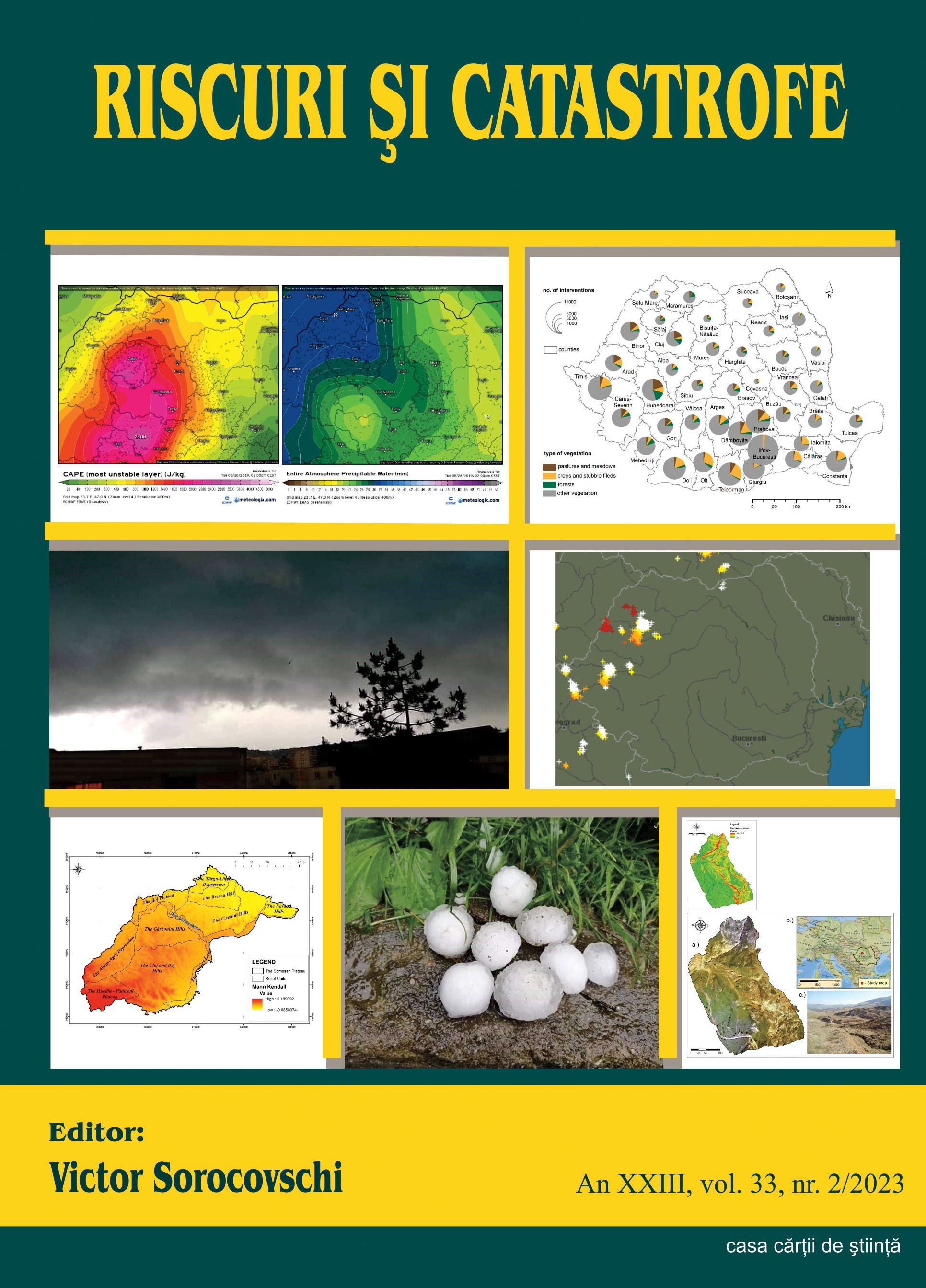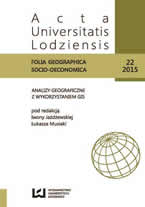
Wykorzystanie numerycznych modeli terenu w badaniach zmian środowiska geograficznego miasta Mysłowice
The aim of the study is to demonstrate the usefulness of methods of analysis in GIS software, in broad studies of changes in the geographical environment of the city Myslowice. Geographical environment are created of natural and anthropogenic elements, concluded on maps for centuries. Assumed research method showed a very high possibility of using GIS software to analyze the changes, which took place in the town of Myslowice in the years 1883–1993. For this purpose, two digital elevation model (DEM) were generated by vectorization of izohips and altitude point. The first model was based on the old German Messtischblatt topographic maps at scale of 1:25 000 from the years 1883–1942. The second model was generated from Polish topographic maps at a scale of 1:10 000 from the year 1993. All these maps have been calibrated (registered) to a common coordinate system Poland 1992. Generating uneven-aged DEM also gave the opportunity to track changes in morphology on selected lines of cross-sections. Myslowice is a city of the Upper Silesian Coal Basin, in which the exploitation activity is dating back more than two hundred years. However, due to the limited number of maps the study only shows the effects of 110 years of exploitation. The usefulness of the method was confirmed in determining the precise areas of the city, which were hardest hit by the effects of mining activities. This fact was also verified in the field. As a result of the surface exploitation in several large quarries traces of underground mining operations are erased, but with a careful analysis they can be distinguished from each other. With GIS software and precise calibration of old maps is it possible to trace the changes in the components of the geographical environment, such as rivers, water reservoirs, roads, building development, afforestation. In addition, it enables the precise location of some elements of the environment that no longer exist such as old excavation of raw materials, sand, clay and limestone or traces of the former ironworks.
More...
